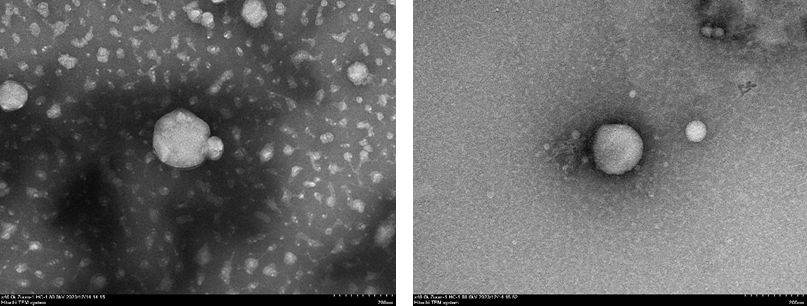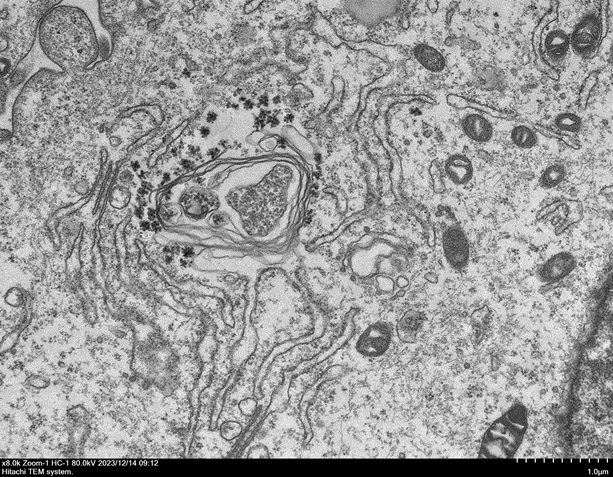-
SEM Series
-
Semiconductor thin film measurementHard coating measurement

Application scenarios of the Cooglow:
Experience with the Cooglow glow discharge instrument:

Parameters Used: Power 25W, Pressure 40Pa, Glow Time 60s
Hydrophilization Outcome: Untreated hydrophobic grid membranes stained with modified protein samples exhibited severe aggregation of staining in the electron microscope field of view. In contrast, hydrophilized grid membrane samples stained with modified protein showed no issues of sample aggregation with the dye, and spherical particles were visible.

Parameters Used: Power 25W, Pressure 40Pa, Glow Time 40s
Hydrophilization Outcome: Liposomes were evenly distributed, with no issues of sample aggregation with the dye.
Case 3: Biological Sample - Mouse Brain Slices (Square Membrane)

Trial Summary:
The Cooglow Glow Discharge Instrument (Coolglow) features a compact overall design, with a small and aesthetically pleasing device footprint. It operates quietly and does not require any special laboratory space considerations. The operation is simple and easy to learn, allowing for personalized program parameter settings for different types of grid support membranes, which facilitates independent use by both instructors and students. The machine's performance is relatively stable, and maintenance is straightforward, making it friendly for laboratory upkeep and management.